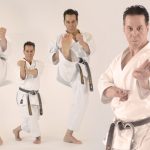
Karate (空手); Japanese pronunciation: [kaɾate] is a martial art developed in the Ryukyu Kingdom. It developed from the indigenous Ryukyuan martial arts (called te (手), “hand”; tii in Okinawan) under the influence of Chinese Martial Arts…

Karate (空手); Japanese pronunciation: [kaɾate] is a martial art developed in the Ryukyu Kingdom. It developed from the indigenous Ryukyuan martial arts (called te (手), “hand”; tii in Okinawan) under the influence of Chinese Martial Arts…
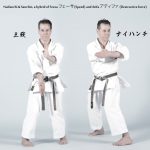
Naifanchi & Sanchin, a hybrid of Feesa フェーサ(Speed) and Atifa アティファ (Destructive force).
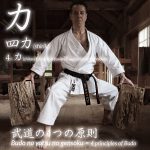
武道の4つの原則Budo no 4 gensoku From the Shitoryu Karatedo philosophies by Ryuso Kenwa Mabuni.4 Elements of Martial Arts 1- Ichi Gan: Vision or eye contact (eyes), footwork (legs), mind (spirit), and strength (muscles) are the four essential elements of martial arts. … Continue reading
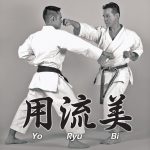
Everything should be practical with flowing and also being utilized with an elegance. When it comes to training any Kata practical applications as a tool of spontaneous and natural practicing in a prearranged sequences of attacks and defenses meant to … Continue reading
Keiko, Renshu, Shuren and Tanren Keiko 稽古 Keiko is an everyday, straightforward word, usually translated into English as: practice; practising; training; study. 稽 means think, consider, and 古 means old. According to the kanji dictionary, 古 is a little picture of a skull wearing a diadem. It … Continue reading
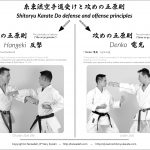
Five principles of defense (“Uke no go gensoku”) Five principles of offense (“Seme no go gensoku”) Hangeki vs Denko Hangeki = Blocking & Countering or Simultaneous Block & Counter Strike. Denko = Sudden counterattack at the beginning of your opponent’s … Continue reading
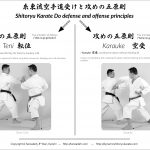
Five principles of defense (“Uke no go gensoku”) Five principles of offense (“Seme no go gensoku”) Teni vs Karauke Teni = Essentially avoiding your opponent’s attack using body movement. Stepping out in all directions. Karauke = Instant counterattack after avoiding … Continue reading
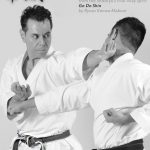
Be practical and use common sense. From the Shitoryu’s Five-Way Spirit “Go Do Shin” By Ryuso Kenwa Mabuni
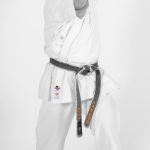
Never forget the spirit of first beginning. From the Shitoryu’s Five-Way Spirit “Go Do Shin” By Ryuso Kenwa Mabuni
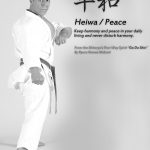
Keep harmony and peace in your daily living and never disturb harmony. From the Shitoryu’s Five-Way Spirit “Go Do Shin” By Ryuso Kenwa Mabuni
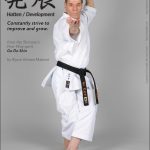
Constantly strive to improve and grow. From the Shitoryu’s Five-Way Spirit “Go Do Shin”By Ryuso Kenwa Mabuni
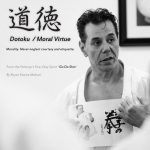
Morality. Never neglect courtesy and etiquette. From the Shitoryu’s Five-Way Spirit “Go Do Shin” By Ryuso Kenwa Mabuni
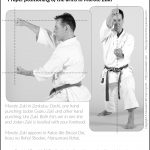
Morote Zuki in Zenkutsu Dachi, one hand punching Jodan Gyaku Zuki and other hand punching Ura Zuki. Both fists are in one line and Jodan Zuki is leveled with your forehead. Morote Zuki appears in Katas like Bassai Dai, Itosu … Continue reading
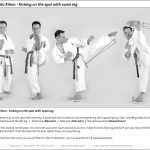
Renzoku Kihon – Kicking on the spot with same leg Executing three kicks on the spot with same leg. A good exercise for balance and strengthening the supporting leg. Start with Migi Moto Dachi, Chudan Kamae and kicking with the … Continue reading
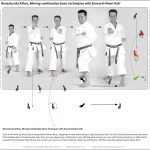
Renzoku Ido Kihon, Moving Combination Basic Techniques with forward Hineri Ashi Start with Hidari Zenkutsu Dachi doing Hidari Gedan Barai, stepping forward and landing on right Zenkutsu Dachi (or Han-Zenkutsu Dachi) execute Jodan Oi Zuki followed by Chudan Gyaku Zuki, … Continue reading
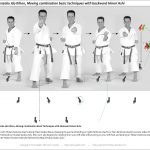
Renzoku Ido Kihon, Moving Combination Basic Techniques with backward Hineri Ashi Start with Hidari Zenkutsu Dachi doing Hidari Gedan Barai, stepping forward and landing on right Zenkutsu Dachi (or Han-Zenkutsu Dachi) execute Jodan Oi Zuki followed by Chudan Gyaku Zuki, … Continue reading
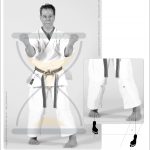
Sanchin-dachi (Hourglass Stance) From Heiko-Dachi stance move one foot forward until the toes of the rear foot are on the same horizontal line as the heel of the front foot and in 30 degrees inward. This powerful stance is used … Continue reading
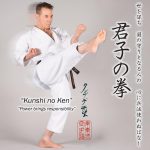
Master Mabuni’s motto “Kunshi no Ken” which means to concentrate on cultivating one self to become a well rounded, respectful individual. The person who is able to accomplish this as well as to exercise good manners in all situations with … Continue reading